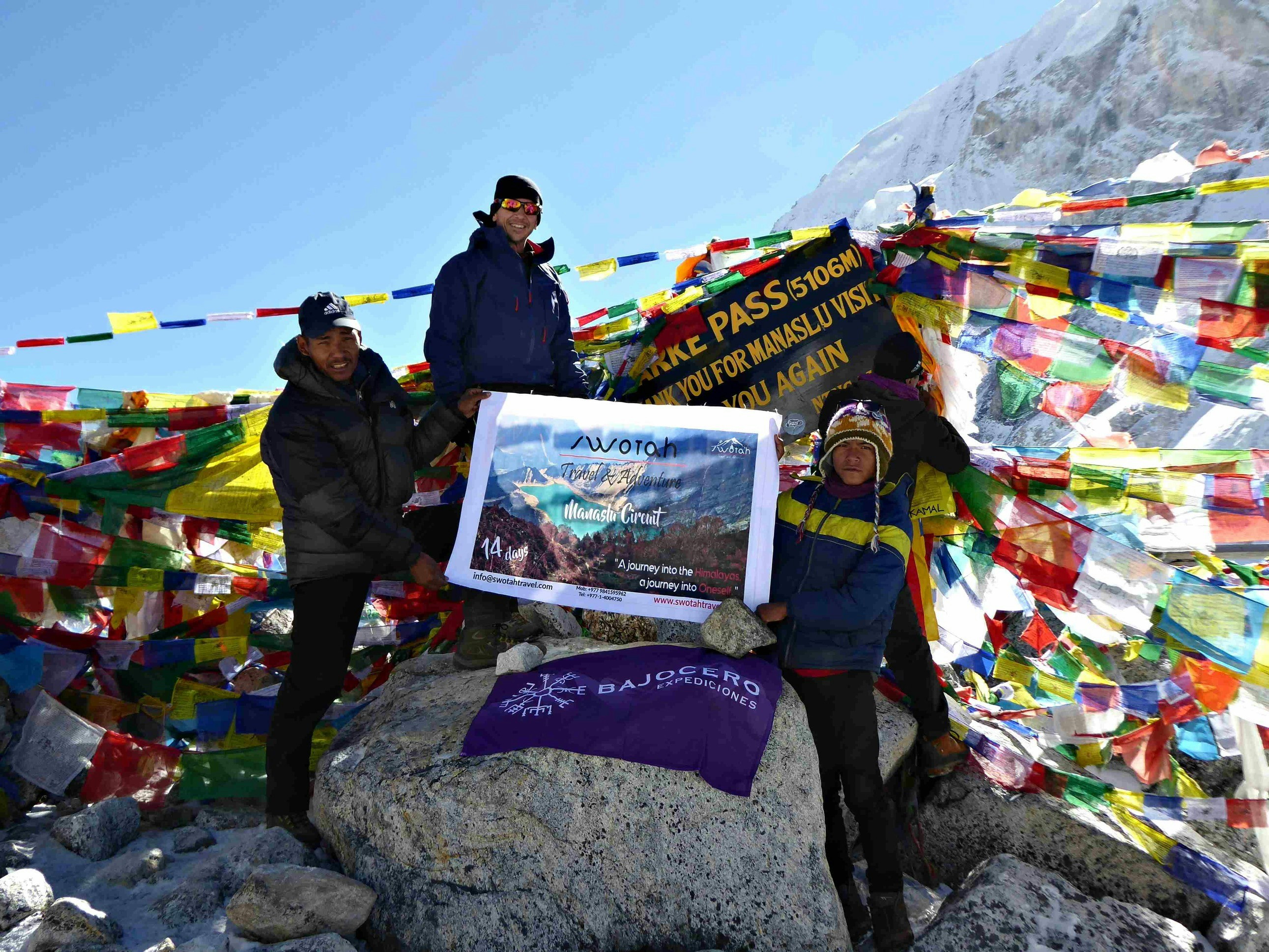Introduction to the Tibetan Plateau and Its Rivers
The Tibetan Plateau, often referred to as the “Roof of the World,” is a vast expanse of high-altitude terrain located in Central Asia. Spanning over 2.5 million square kilometers, this region is the highest and largest plateau on Earth, with an average elevation of approximately 4,500 meters (14,800 feet) above sea level. Its lofty height and unique geographical features contribute to its distinctive climatic conditions, which include harsh winters and cooler summers, characterized by significant temperature variations.
The Tibetan Plateau plays a crucial role in shaping the hydrology of Asia, as it is home to a multitude of significant rivers that originate from its glacial systems. Among these rivers, the Indus, Brahmaputra, Yangtze, and Mekong are particularly noteworthy. These rivers do not merely traverse the plateau; they extend their life-giving waters to millions of people across Asia, providing essential resources for agriculture, industry, and domestic use. The rivers also serve vital ecological functions, supporting diverse ecosystems while helping to maintain regional biodiversity.
<pthe a="" act="" agriculture.="" alluvial="" and="" as="" be="" between="" blanket="" can="" carve="" creating="" critical="" downstream,="" exemplifies="" features="" feeds="" fertile="" for="" geographical="" glaciers="" habitation="" human="" importance="" in="" interconnectedness="" into="" its="" journey="" lifeline="" living="" meltwater="" millions="" mountains,="" natural="" numerous="" of="" origin="" p="" plains="" plains,="" plateau="" plateau,="" region="" relationship="" releasing="" reservoirs,="" rivers="" significant="" slowly="" societies,="" sustain="" that="" the="" these="" they="" this="" through="" tibetan="" to="" traced="" underscoring="" valleys,="" vicinity.
Major Rivers and Their Characteristics
The Tibetan Plateau serves as the crucial source for several major rivers that significantly shape Asia’s geography, ecology, and cultural landscape. The Indus River, one of the longest rivers in the world, spans approximately 3,180 kilometers. It flows primarily through Pakistan, supporting millions of people with its waters. The Indus Basin has facilitated agricultural development and served as a cradle of civilization due to its reliable water supply.
Next is the Brahmaputra River, which extends for about 2,900 kilometers. Originating in Tibet, it traverses through India and Bangladesh before merging with the Bay of Bengal. This river is known for its wide floodplain, which creates rich alluvial soil, making it a vital agricultural resource. The Brahmaputra also holds cultural significance for the communities along its banks, often regarded as a lifeline for livelihoods, traditions, and diverse ecological habitats.
The Mekong River showcases a diverse ecological profile as it flows through several Southeast Asian countries, including China, Laos, Thailand, Cambodia, and Vietnam. Spanning around 4,350 kilometers, it fosters an extensive variety of flora and fauna and is crucial for fisheries, which are a source of income and nutrition for millions. The Mekong Delta, where the river meets the sea, is renowned for its agricultural richness and the unique cultures that thrive in this fertile region.
Finally, the Yangtze River, at about 6,300 kilometers long, stands as the longest river in Asia and the third in the world. Originating from the Tibetan Plateau, it navigates through various climates and landscapes before emptying into the East China Sea. This river supports an extensive range of biodiversity and numerous human settlements. The Yangtze’s waters have historically been exploited for irrigation, transportation, and hydropower, playing a critical role in the economic prosperity of China.
Each of these rivers not only holds geographical importance but is also interwoven with the cultural fabric of the regions through which they flow, highlighting their role as vital lifelines for civilization across Asia.
The Role of Tibetan Rivers in Regional Ecosystems
The rivers originating from the Tibetan Plateau play a crucial role in sustaining the diverse ecosystems found across Asia. These waterways significantly contribute to the biodiversity in their respective regions, providing essential water resources that support various flora and fauna. The rivers serve as lifelines for numerous habitats, ranging from alpine meadows to lush valleys, essentially acting as a conduit for nutrients and organic materials that foster biological richness. This ecological interplay is not only vital for the survival of countless species but also underpins the livelihoods of local human populations who depend on these water resources for agriculture, drinking, and sanitation.
Moreover, the interconnection between river systems and climate is a significant aspect of the Tibetan rivers’ influence. These river networks help regulate local climates by influencing precipitation patterns and maintaining humidity levels in the air. Their ability to flow through rugged terrains means they contribute to various microclimates, each harboring distinctive biological communities. As climate change alters weather patterns, understanding the role of these rivers becomes ever more critical, especially in managing water resources sustainably and preserving regional biodiversity.
In addition to biodiversity support, Tibetan rivers also play a pivotal role in addressing environmental challenges, such as desertification. By nourishing the surrounding ecosystems, they help maintain watershed health, which in turn aids in soil retention and reduces the erosion of fertile ground. This ecological stability is fundamental in combating the adverse effects of climate change, ensuring that regions remain capable of sustaining life. Furthermore, the cultural heritage of indigenous communities is deeply intertwined with these rivers, as their traditions, practices, and beliefs reflect a profound connection to the ecosystems influenced by these waterways. The rivers are not only vital ecological resources but also pivotal in shaping the cultural landscapes of the regions they traverse.
Challenges Facing Tibet’s Rivers and Future Outlook
The rivers originating from the Tibetan Plateau, often dubbed as the lifelines of Asia, are currently confronting numerous challenges that threaten their health, sustainability, and the livelihoods of communities they support. One of the most pressing issues is climate change, which has resulted in accelerated glacial melt and altered precipitation patterns. This changing climate not only impacts water availability but also jeopardizes the intricate ecosystems that thrive along these waterways.
In addition to climate change, the construction of dams has significantly transformed the landscape of Tibet. While these infrastructures are often justified for their potential to generate hydroelectric power and manage water resources, they can also disrupt the natural flow of rivers, affecting fish migration and sediment transport. The cumulative impacts of multiple dams can lead to decreased water quality, which poses further risks to aquatic life and local communities reliant on these rivers for drinking water and irrigation.
Pollution is another critical concern, particularly from industrial activities, agricultural runoff, and urbanization. These pollutants not only degrade water quality but also threaten the health of populations that depend on these rivers. Unsustainable agricultural practices and land use changes amplify this issue, complicating the efforts to secure clean water access for the present and future generations.
Geopolitical tensions among the nations sharing these rivers add another layer of complexity. Disputes regarding water rights, management practices, and pollution control strategies require cooperative dialogue and collaborative governance to ensure equitable usage and sustainable management of these vital resources. Acknowledging the interconnectedness of these rivers, several nations have begun to engage in conservation efforts and sustainable management initiatives aimed at ensuring the resilience of these water systems.
Looking ahead, the future of Tibet’s rivers hinges on an integrated approach that promotes collaboration across borders. Addressing climate change, reducing pollution, and responsibly managing water resources will be crucial in protecting these crucial lifelines for the millions of people who depend on them. Through concerted action and respect for the complex dynamics at play, the sustainability of these rivers, and the communities that rely on them, can be secured.

